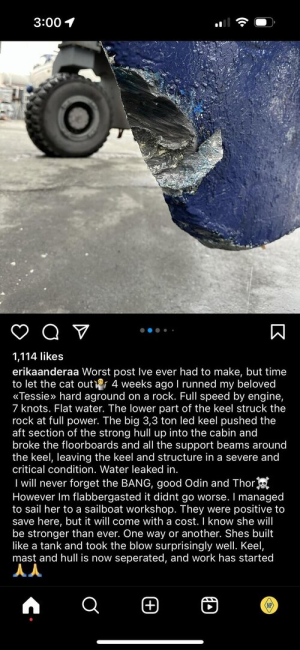johnalison
Well-Known Member
It would be a mistake to put one’s faith in any one safety feature, but that doesn’t mean that bulkheads, liferafts, bridge decks and draining cockpits don’t have their uses, even if most of us get through our sailing lives without using or testing them. My boat has bulkheads at both ends which have probably never come into play on any of the many built but I am grateful that the designer took at least some care.

